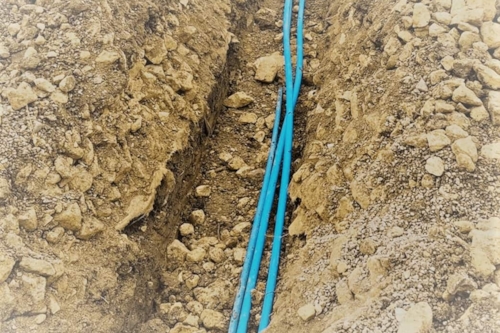
Site Investigation
Receive a quote tailored to your needs
This service is used by construction companies, contractors and civil engineers.
Methods employed include:
- Trial Pit Investigation
- Window Sampling
- Dynamic Probing
- Shallow Mine Working Investigation
- Foundation Recommendation
- Existing Foundation Investigation
- Soil Infiltration Testing
- Light Cable Percussive Drilling
- Rotary Open Hole Drilling
We pride ourselves on our expertise, and being able to turn a job around quickly - we understand the time pressure ground workers, contractors and consultants can be under.
- In situ CBR Testing
- Plate Bearing Testing
- In situ Density
- Nuclear Density Testing
- Ground Gas & Water Installation & Monitoring
- Geotechnical Laboratory Testing
- Particle Size Distribution
- Plasticity Index
- Moisture Content
- Moisture Content vs. Dry Density
- Undrained Triaxial
- Bituminous Materials Testing
- Laboratory CBRs
- Los Angeles Abrasion
- Bulk Density Determination
- Aggregate Crushing Value (ACV)
- Aggregate Impact Value (AIV)
- Air Void Determination of Bituminous Cores
- Permeability
- Flakiness Index
- Frost Susceptibility
- Dry Density Moisture Content Relationship
- Particle Density
We are a UKAS accredited testing laboratory (No.0529) for this scope of accreditations.
BS3882 Topsoil Testing
The BS3882 topsoil suite is specifically designed to categorise grades of topsoil based on physical and chemical composition.
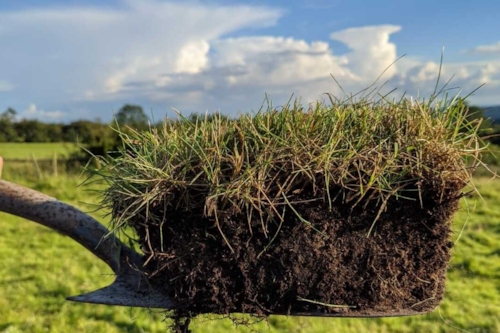
Coal Authority Assessments
Developing on land that has been previously mined or has had the potential to be previously mined can be problematic. As such the Coal Authority (CA) is a statutory consultee for the planning departments across the country.

Coal Tar Macadam Waste
Waste macadams/tarmac need to be classified to the waste regime presently active in the UK.
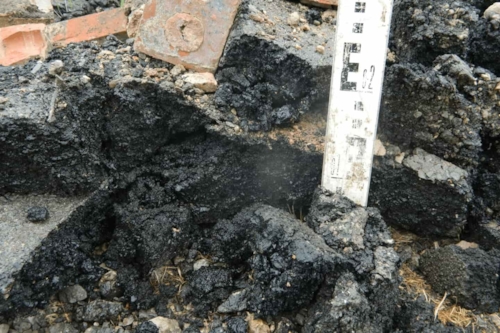
Contaminated Land Investigation
Kiwa CMT | We examine ground contamination

Geo-Environmental Services
Kiwa CMT | We have an experienced and qualified team to assist you with your needs for Site Investigation, Contaminated Land, Soil and Waste Materials, whether it be a straightforward testing requirement or a full site investigation.
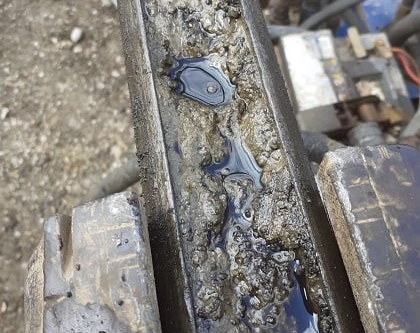
Phase 1 Desk Study
In line with the Land Contamination Risk Management Strategy (Environment Agency, 2020), BS5930 and Eurocode 7 (EN 1997) all ground investigations should be preceded with a suitable Phase 1 Desk Study and Site Walkover to provide a baseline information package about any site.
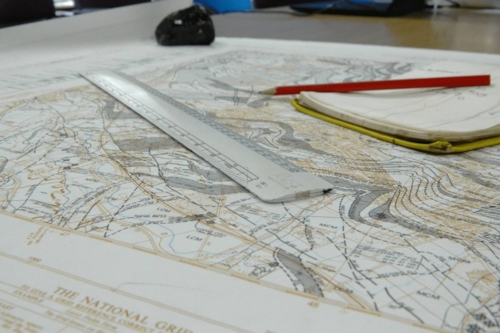
Phase 2 Intrusive Investigation
The Land Contamination Risk Management (EA, 2020) guidance Stage 1 process requires further information and refinement on the risk assessment process for the Source – Pathway – Receptor contamination linkage.
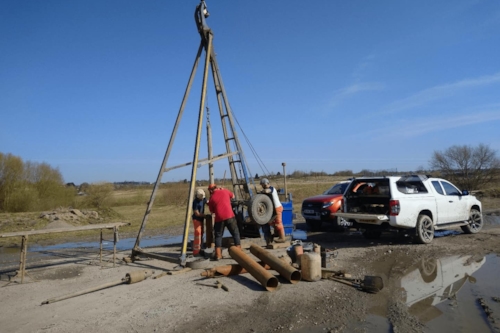
Remediation Method Statements
Remediation Method Statements and Watching Brief (Stages 2 and 3 LCRM – remediation feasibility and development of a final remediation strategy).
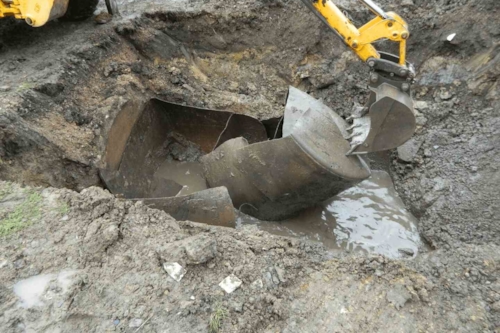
Rotary Boreholes
Rotary Open Hole techniques are employed to investigate the presence of shallow (<30m) coal using a water flush system to prevent the ignition of potentially explosive mine gases for deep observations of coal bearing strata.
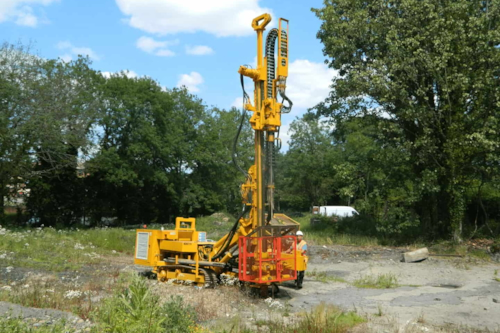
Cable Percussive Boreholes
Cable Percussive Boreholes can achieve deeper borehole depths than Window Sampling techniques - over 20m (possibly up to 50m depending on conditions) using a clay cutter through cohesive soils, a casing and shell through granular soils and a chisel to break up rock and other hard layers.

Window Sampling Boreholes
Window sampling or windowless sampling is a technique used to bore through shallow soft soils to investigate the substrata in order to gain a profile of the ground conditions and to facilitate soil sampling for chemical and geotechnical analysis.

Trial Pitting
A trial pit (a.k.a. test pit) is a ground investigation technique that is used as a means of investigating, in large scale, the condition of the ground and the type of strata present at shallow depth, typically before beginning construction works. They are useful for obtaining large volume bulk samples of the ground.

Verification of Remediation
Verification of Remediation Site Works and Reporting (Stage 3 LCRM – verification and future works)
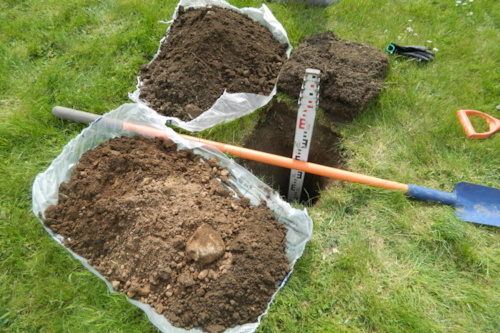
Waste and Contamination
Kiwa CMT | Construction materials, geotechnical, structures and waste testing.

Waste Soil and Waste Material (WM3 and WAC) Testing
Kiwa CMT | Waste Soil and Waste Material (WM3 and WAC) Testing

Water UK/HBF/UKWIR Testing and Assessment
The UKWIR “Guidance for the Selection of Water Supply Pipes to be used in Brownfield Sites” document (Ref 10/WM/03/21), presented in 2010, was designed for Developers, Self-Lay Organisations, Water Companies and consultants when planning, designing and constructing water mains and/or services in Brownfield sites.
